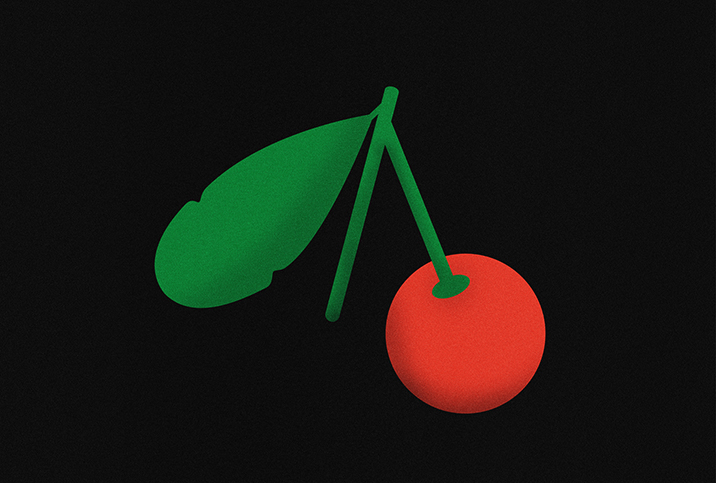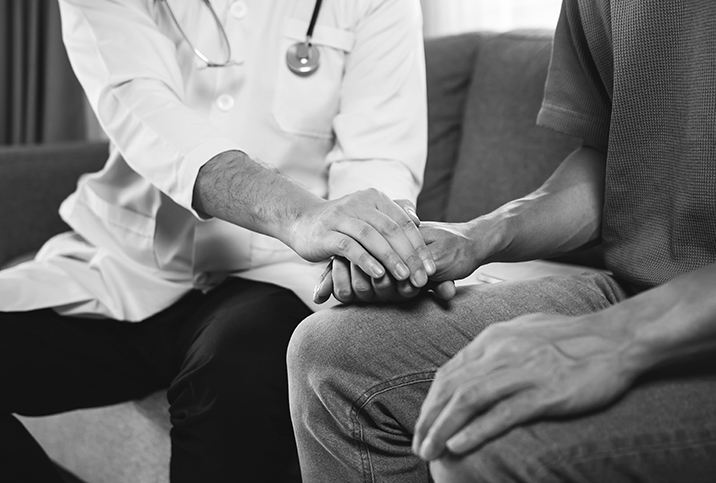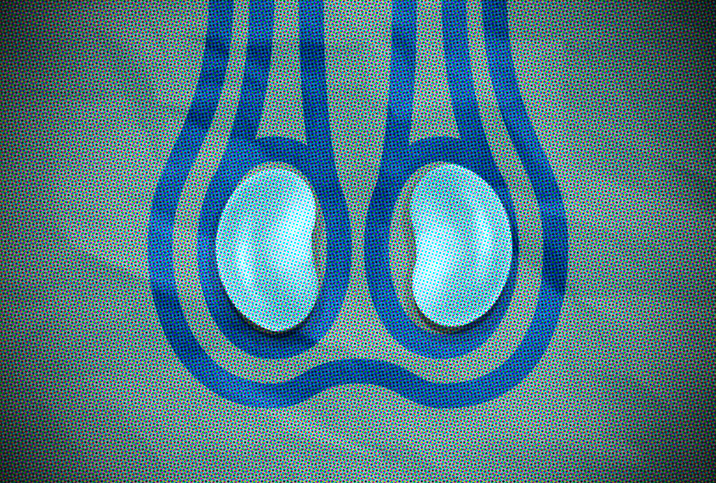How Dangerous Is Radiation Therapy to My Testicles?

For men who've been diagnosed with testicular cancer, the road ahead is a tough one—just as it is for anyone who receives any cancer diagnosis.
But testicular cancer hits particularly hard in some ways. For one thing, it usually affects much younger people than most other cancers. The average age at which men are diagnosed with testicular cancer is about 33, according to the American Cancer Society, and only 8 percent of cases occur to men older than 55.
These statistics are significant because testicular cancer tends to strike men in the prime of their life, and the treatment path they and their oncology team choose may cause long-term consequences.
The profound considerations for men with testicular cancer center around reproduction and sexuality: How will it affect fertility and sexual capability?
Questions about radiation therapy and its effects on the testicles are especially acute for men who have yet to start a family.
Orchiectomy for testicular cancer
For the vast majority of men, the first step in treating testicular cancer is orchiectomy, or the removal of one or both testicles.
As dramatic as that sounds, a man's ability to recover and have a full, rich sex life and even father children after losing one testicle is well-documented.
As of 2019, there were an estimated 287,780 testicular cancer survivors in the United States alone. With or without testosterone replacement therapy (TRT), most men have no trouble returning to the sexual activity level they previously enjoyed and producing enough sperm to procreate.
However, for men in whom there are signs that testicular cancer may have spread to the lymph nodes, radiation therapy is often indicated in addition to an orchiectomy, prompting many men to ask how it might affect their remaining testicle.
Radiation therapy for testicular cancer
Radiation therapy for any part of the body involves a precise and robustly developed set of procedures. Radiation therapy nurses or oncologists carefully calibrate where the beam of radiation is directed and take great care to avoid, as much as possible, any harm to other parts of the body.
The preliminary setup procedure in which the radiation therapy team runs a simulation to define the exact location and configuration of the treatment is often the longest day a cancer patient experiences during treatment.
Much as with an X-ray, special lead shielding is used to protect the reproductive organs during radiation therapy, so the risk of damaging the remaining testicle is minimized. Using the standard dose of radiation and typical shielding of the remaining testicle, long-term hormonal changes or damage to the ability to create normal sperm are extremely rare, according to a book excerpt published by the National Center for Biotechnology Information.
Doctors usually recommend that men receiving radiation treatment for testicular cancer do not try to father a child during the treatment and for up to a year afterward. After that period, the risk of abnormalities isn't increased.
Side effects of radiation therapy
Most people are probably familiar with the short-term side effects of radiation therapy, such as nausea, fatigue and irritated skin in the area being treated. And with testicular cancer radiation treatments, men sometimes have diarrhea and other stomach complaints after a session.
As with any radiation therapy, there is also some risk of a second malignancy—or another cancer— forming over the long term. Since these cancers take a long time to develop, linking them to prior radiation therapy is difficult to prove.
However, men who survive testicular cancer are at a statistically significant increased risk for developing another cancer over the following 35 years, and that applies to men who received radiation therapy, chemotherapy or both, according to a study published in the Journal of the National Cancer Institute.
Conclusions
Testicular cancer has a five-year survival rate of 95 percent, but you have to detect it early and eradicate any trace in the surrounding tissue to hit that mark.
Discuss your options thoroughly with your oncology team because there are many different types of testicular cancer, and treatment recommendations vary.
Radiation therapy does come with some risks to the testicles. But the risks of leaving cancerous cells to develop in the body outweigh them for many men.

















